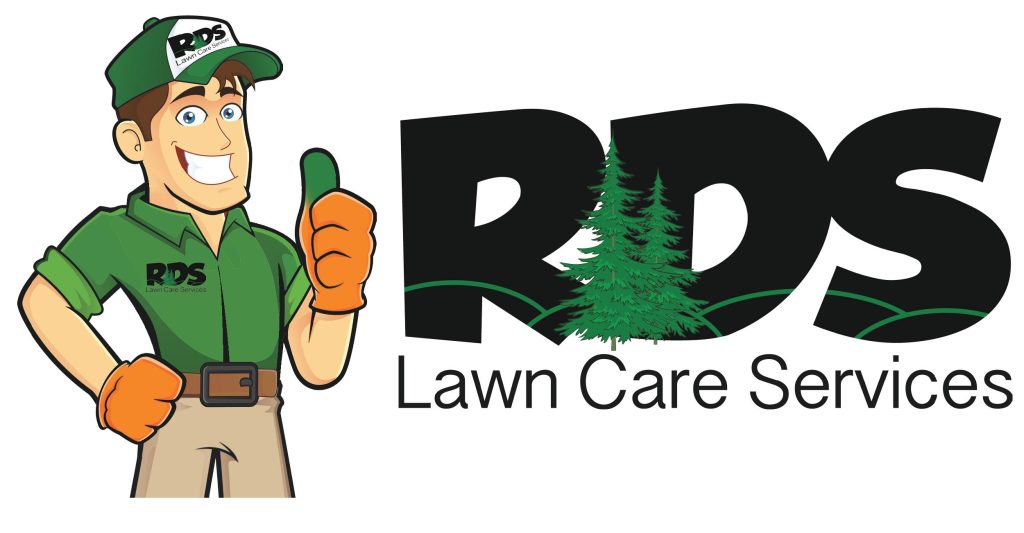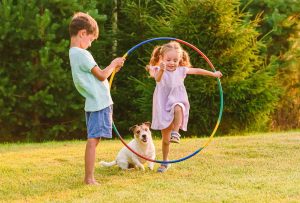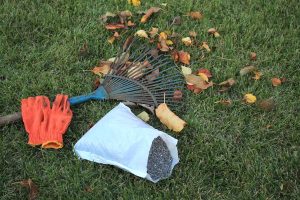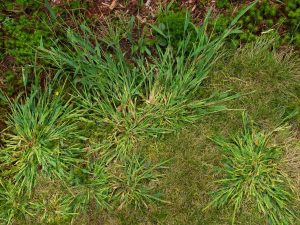Why Lawns Turn Brown in the Summer
In the summer, many homeowners across the Greater Charlotte, NC area watch their once-green lawns turn brown, brittle, and lifeless due to heat stress.If you’re dealing with this problem, you’re not alone. Heat stress is one of the most common challenges for lawns – especially fescue, which is a dominant grass type in our region. While it might look like your lawn is “dead,” in many cases it’s simply protecting itself and can bounce back with the right care.
At RDS Lawn Care Services, we’ve been saving lawns since 1996. In this article, we’ll explain what heat stress is, why it happens, and—most importantly—how to repair brown grass so your lawn can thrive again.
What Is Heat Stress in Lawns?
Heat stress occurs when grass experiences prolonged hot temperatures and insufficient water. Fescue lawns, which are cool-season grasses, are particularly vulnerable during Charlotte’s hot, humid summers.
Here’s how it happens:
-
Day 10–15 without rainfall: The blades begin to curl inward to conserve moisture.
-
Day 20+: Grass slows its growth and enters dormancy. This is a natural survival mechanism, not a death sentence.
-
Up to 40 days: Remarkably, fescue can survive up to 40 days without measurable rainfall, though it will appear brown and brittle.
So, if your lawn looks lifeless in July or August, don’t panic. The grass is often dormant, not dead.
Signs of Heat-Stressed Grass
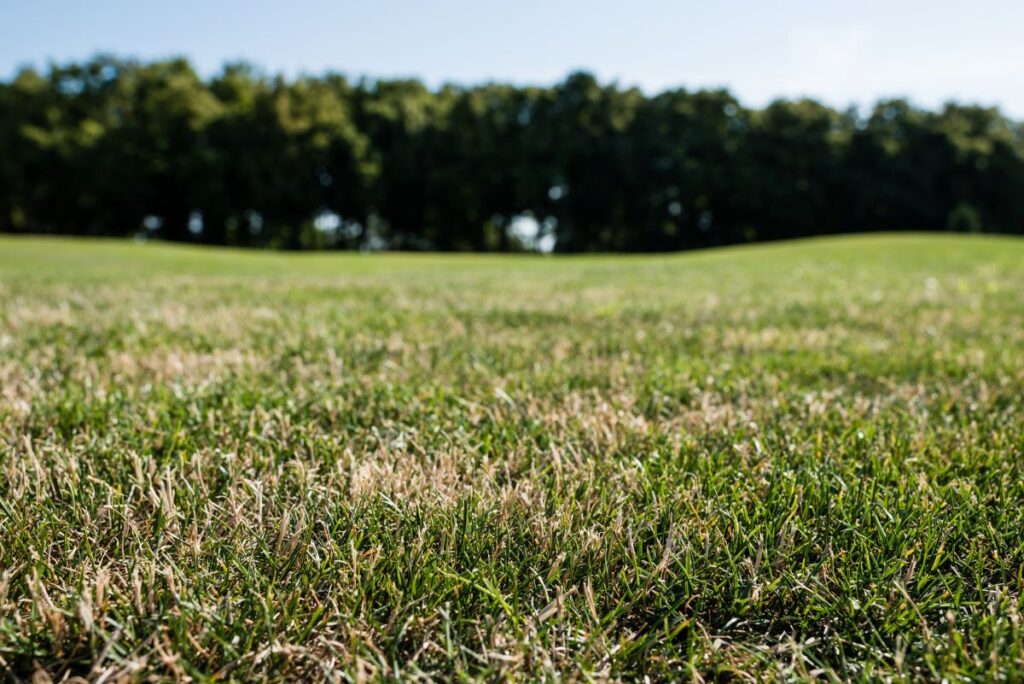
Recognizing the early warning signs can help you take action before serious damage occurs:
-
Grass blades curling or folding lengthwise.
-
A bluish-green tint before turning tan or brown.
-
Footprints and mower tracks that remain visible for hours.
-
Thinner patches of turf, especially in sunny or high-traffic areas.
How to Repair Brown Grass After Heat Stress
1. Don’t Overwater in a Panic
When you see brown patches, your first instinct might be to drench the lawn. But watering excessively in the heat can cause shallow root growth, fungus problems, and wasted water. Instead, water deeply and infrequently—about 1 inch per week.
2. Mow Properly
Keep your mower blade sharp and never cut more than one-third of the grass height at once. During heat waves, raise your mower blade to allow the grass to shade its own roots.
3. Fall Aeration and Overseeding
This is the most important step in repairing a heat-stressed lawn. Summer damage is inevitable in Charlotte, but with proper aeration and overseeding in the fall, your lawn can fully recover and come back thicker, greener, and healthier.
Why Aeration Is Essential
Core aeration involves removing small plugs of soil throughout the lawn. This process:
-
Reduces soil compaction.
-
Improves water, air, and nutrient absorption.
-
Stimulates deeper root growth.
-
Prepares the soil for seed-to-soil contact.
Think of aeration as “opening up the pores” of your lawn—it allows everything your grass needs to penetrate deeper and work more effectively.
The Benefits of Overseeding
Overseeding goes hand-in-hand with aeration. By spreading high-quality fescue seed across your existing lawn after aeration, you:
-
Fill in thin or bare spots caused by summer stress.
-
Introduce improved grass varieties that are more heat and disease tolerant.
-
Create a denser lawn that naturally crowds out weeds.
-
Restore the lush green color that Charlotte homeowners love.
Timing Is Everything
In the Charlotte area, fall is the best season for aeration and overseeding. The soil is still warm, which encourages quick germination, while cooler air temperatures reduce stress on new seedlings. By the time summer rolls around again, your lawn will be stronger, healthier, and better prepared to handle the heat.
Preventing Heat Stress in the Future
While no lawn is completely immune to summer stress, you can greatly reduce the impact by following a consistent lawn care plan:
-
Regular fertilization to strengthen roots.
-
Proper mowing to encourage deeper roots.
-
Strategic watering to promote resilience.
-
Annual aeration and overseeding to refresh and thicken the turf.
When managed correctly, your lawn will be far better equipped to withstand Charlotte’s unpredictable weather.
Call RDS Lawn Care Services Today
Don’t let summer heat steal your lawn’s beauty. With more than 25 years of experience, RDS Lawn Care Services knows exactly how to bring brown, stressed lawns back to life.
📞 Call us today at 704-822-1625 or get a free quote online to schedule your fall aeration and overseeding.
👉 Get on the schedule now—spaces fill quickly each fall, and your lawn deserves the best chance to recover.
RDS Lawn Care Services – Saving Lawns Since 1996.
